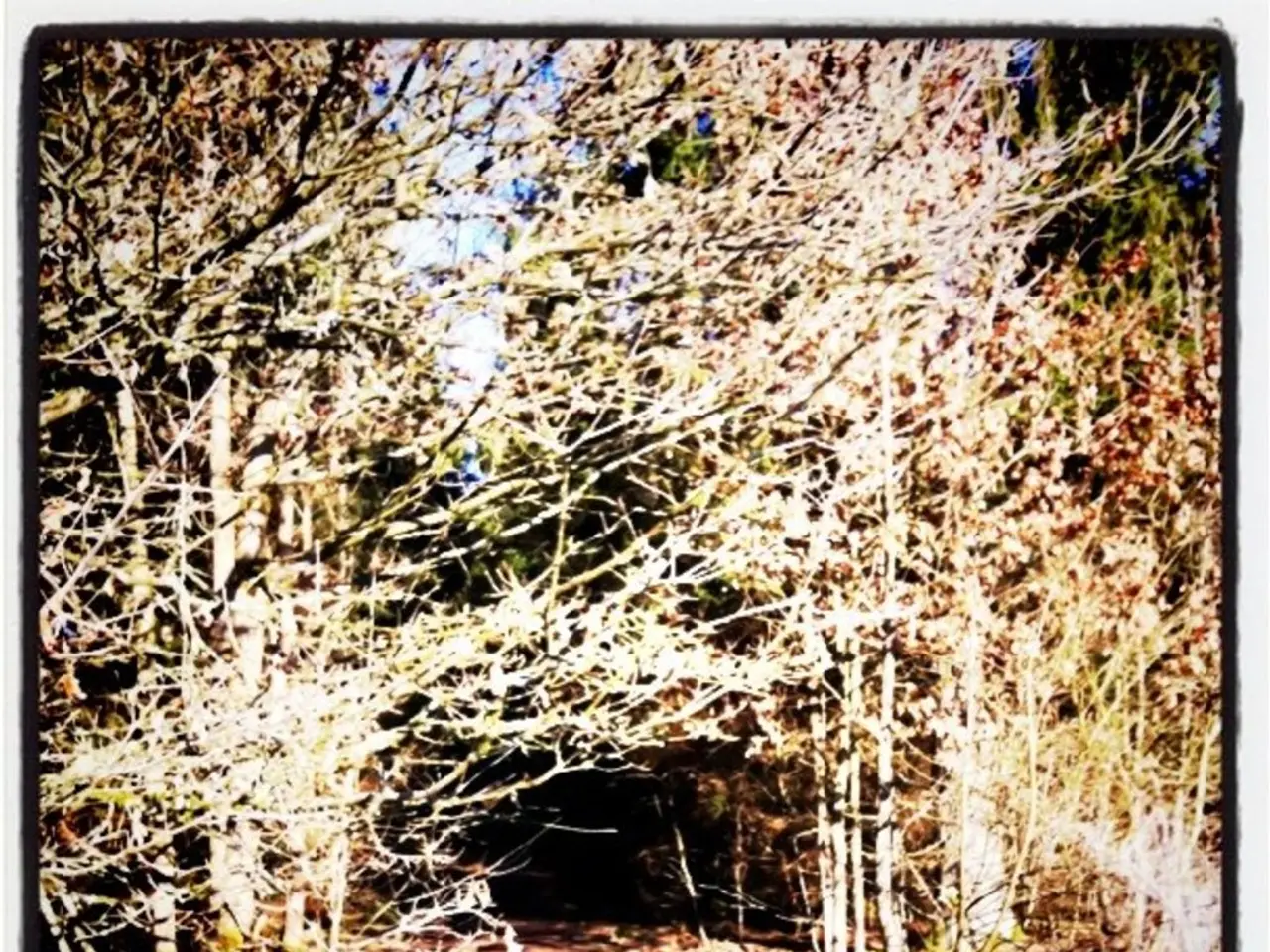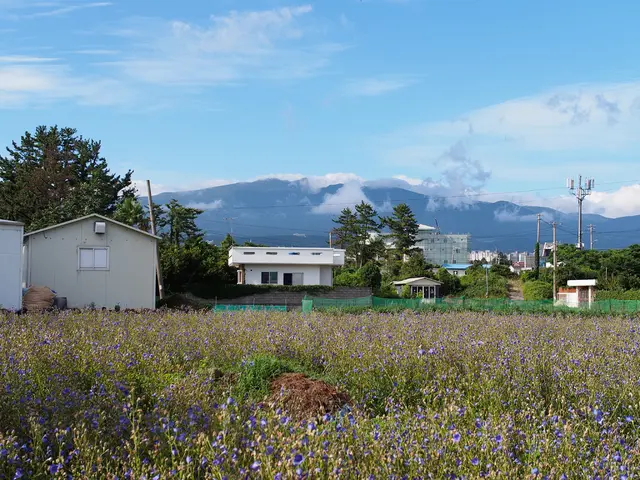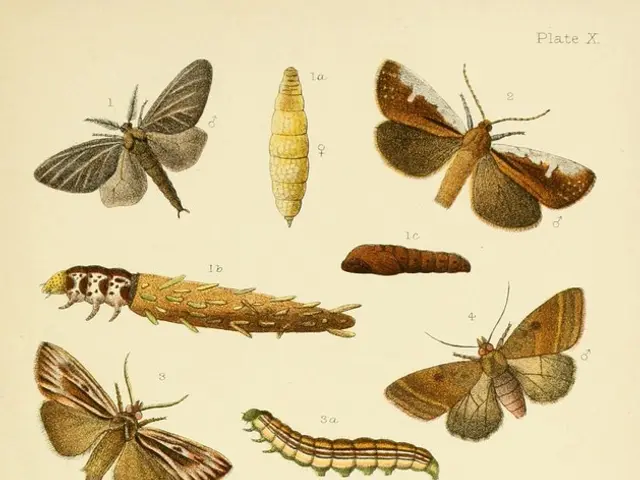CFLRP Focuses on Old-Growth Forest Conservation in $500M Projects
A new report reveals that the majority of projects under the Collaborative Forest Landscape Restoration Program (CFLRP) focus on the conservation and restoration of mature and old-growth forests. Since its inception, the CFLRP has seen nearly half a billion dollars invested annually, with 17 projects currently funded covering over 29 million acres.
The CFLRP brings together diverse stakeholders to protect and restore U.S. forests while supporting rural economies. Notably, it supports restoration projects on old-growth and other forest landscapes, including significant efforts in the Tongass National Forest in Alaska. This forest, dominated by old-growth western hemlock and Sitka spruce in roadless areas, is being restored with management approaches that balance young-growth forest restoration with habitat conservation. These large-scale projects aim to support forest health, local economies, and wildlife habitat over large areas, often involving millions of acres of young-growth forest ready for restoration and management. They are jointly led by community, tribal, state, and federal partners.
Old-growth forests, which comprise only 6 percent of the U.S. forest estate, support clean air and water, offer unique wildlife habitat, and are more resilient to stressors like wildfire. President Biden's executive order directs the U.S. Forest Service to focus on conserving these vital forests. The report shows that 90 percent of reviewed CFLRP proposals, including all funded projects, address mature and old-growth forests as part of the project. One such project is the Zuni Mountains CFLR in New Mexico, which involves collaboration between various government agencies, scientists, community members, conservation organizations, Tribes, and local timber businesses.
The CFLRP's focus on old-growth forests is a significant step towards preserving these crucial ecosystems. With nearly half a billion dollars invested annually and collaborations involving diverse stakeholders, these projects aim to support forest health, local economies, and wildlife habitat. As old-growth forests comprise only a small percentage of the U.S. forest estate, their conservation is vital for the country's ecological balance.
Read also:
- Aiming to simplify the move towards cleaner automobiles, the newly established ministry plans to take direct action with Pannier-Runacher, Létard, and Vautrin at the helm.
- "The imperfect yet essential documentary, "Planet of the Humans," raises challenging and uncomfortable inquiries"
- Exciting Escapades of Tintin
- More than half of British homes adhere to insulation standards established during the 1970s.








